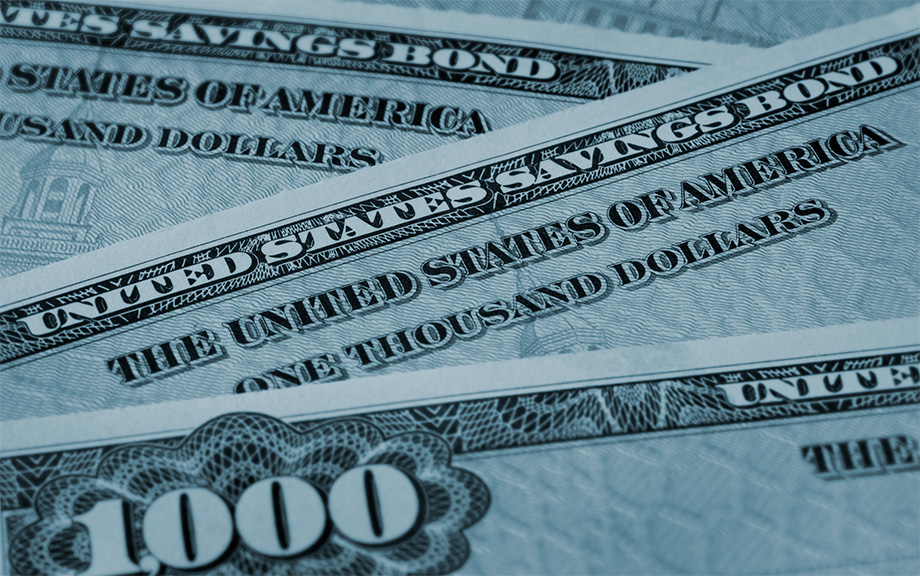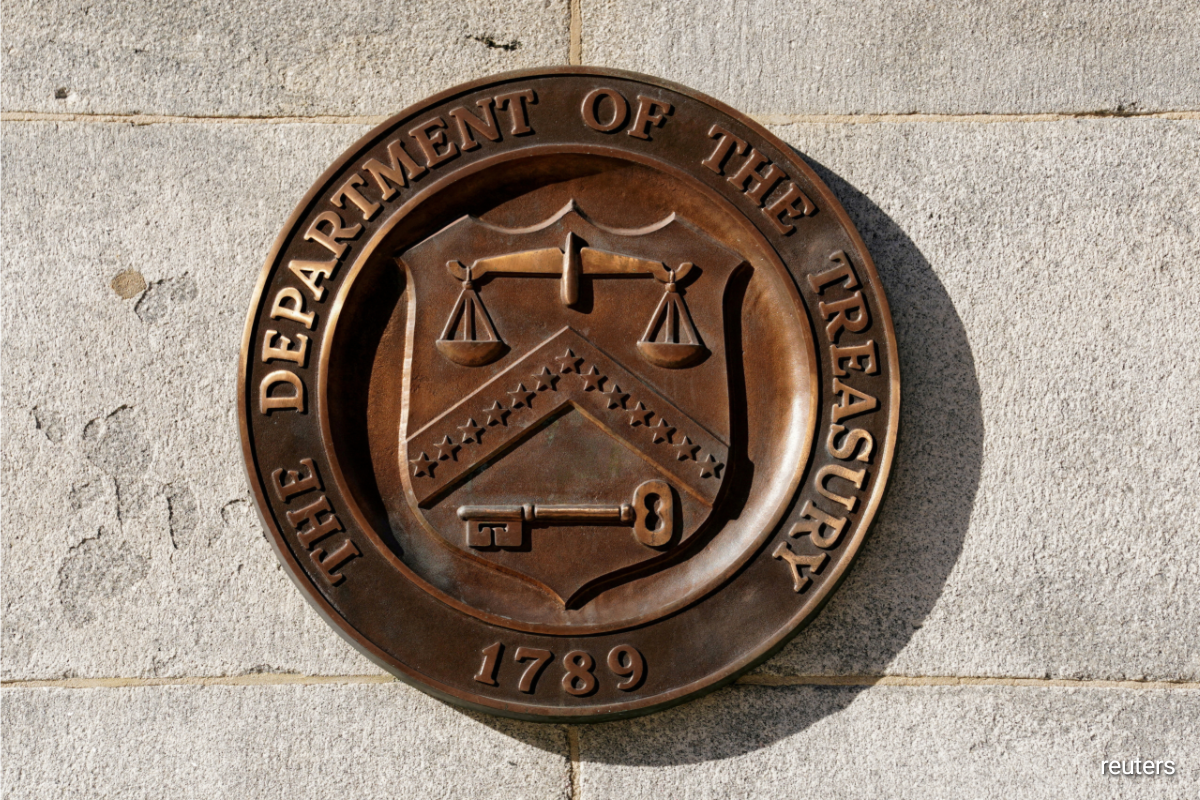




The Securities and Exchange Commission (SEC) is implementing a major overhaul of the US Treasury market, requiring the majority of Treasuries trading to migrate to a central counterparty clearinghouse by mid-2026. This move aims to strengthen resilience in the $26 trillion US Treasuries market and reduce the risk of contagion from a collapse of any one financial institution. The initiative will increase risk-management costs for dealers and may result in less day-to-day liquidity. Hedge funds are exempted from using central clearing for cash trading of Treasuries but will be affected in the repo market. The central clearing rules are part of broader efforts to improve Treasury market resilience [0d89831b].
The $26 trillion Treasury market has been a topic of discussion at the ninth annual U.S. Treasury Market Conference, held at the Federal Reserve Bank of New York in November 2023. The conference brought together market participants, official sector representatives, academics, regulatory authorities, and others to discuss ongoing developments in the U.S. Treasury market. Key takeaways from the conference include discussions on Treasury market liquidity and resiliency, data availability and transparency, market leverage, and the cash futures basis trade, as well as uncertainty in the market due to pending rules. The conference highlighted the importance of enhancing the market's resiliency, improving data transparency, and addressing risks posed by the cash futures basis trade. The Inter-Agency Working Group for Treasury Market Surveillance published a report on measures to enhance the resilience of the Treasury market. The conference was sponsored by the New York Fed, the U.S. Department of the Treasury, the Board of Governors of the Federal Reserve System, the U.S. Securities and Exchange Commission (SEC), and the U.S. Commodity Futures Trading Commission (CFTC) [f64371ea].
Recent news from the Treasury Department confirms that the liquidity conditions in the U.S. Treasury market have remained orderly. Nellie Liang, the undersecretary for domestic finance at the Treasury Department, stated that despite shocks to the American economy, Treasury market liquidity conditions have remained orderly. Liang mentioned lower levels of demand from commercial banks and growing estimates of Treasury's borrowing needs from the private sector. She also noted that the correlation of stocks and bonds turning positive may be a contributing factor to the changing nature of shocks to the economy. The Federal Reserve's interest rate increases have been accompanied by financial sector stresses and geopolitical risks, leading to elevated and variable volatility measures for Treasury yields. The 10-year US Treasury yield recently climbed above 5% for the first time in over 16 years. It is worth noting that the relief in the bond market may be limited as higher interest rates are still expected to persist [875d0eb8].
A recent article from Liberty Street Economics discusses the measurement of market depth in the U.S. Treasury market. Market depth refers to the quantity of securities that market participants are willing to buy or sell at particular prices. The article reviews the measurement decisions that go into depth calculations and shows that inferences about the evolution of Treasury market depth and liquidity are largely invariant with respect to these decisions. The article also explores the visibility of market depth and the factors that affect its calculation, such as the number of price tiers, bid vs. ask depth, New York vs. global trading hours, and time vs. tick-weighting. The authors conclude that market depth has been challenged in recent years by various factors and should be closely monitored going forward [489993ce].
Overall, the resilience of the $26 trillion Treasury market amid volatility and liquidity conditions is commendable. The market has shown remarkable resilience this year, despite wild swings in stocks and bonds, a deluge of U.S. debt issuance, and the Federal Reserve shrinking its balance sheet. The progress report from five U.S. regulatory agencies highlights the market's ability to function amid volatility and the implementation of new reforms to enhance resilience and transparency. The report also outlines plans for a new buyback facility and efforts to improve reporting and transparency in the market. Despite unprecedented volatility, the market has not experienced a crisis. The 10-year Treasury yield has eased to 4.65% after the Treasury reduced its borrowing estimate and comments from Fed Chair Jerome Powell suggested higher bond yields might help control inflation. Stocks ended with small gains after a choppy session [705ae6af].